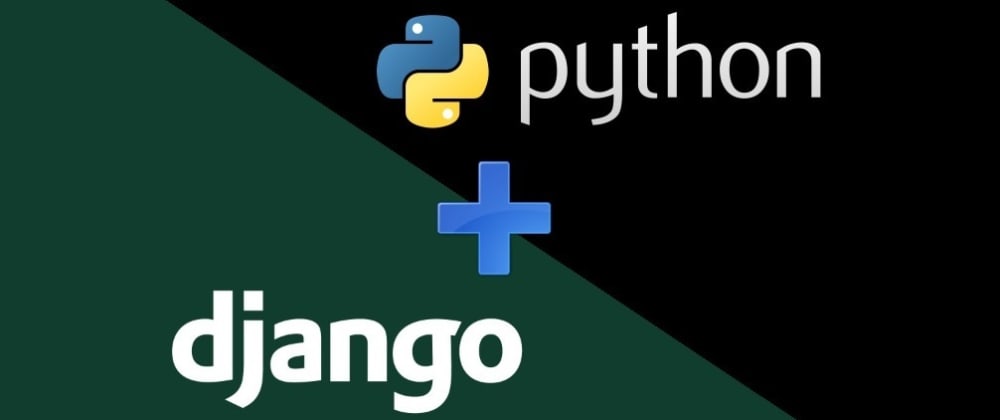

Return f"" Printing returned content from the method This is used to create a database file from yourapplicationname import db render_template("file.html") FSADeprecationWarning app.config = True|False Creating Database file This is used to pass whole html file directly. This is used to know what request is made(get/post). data_to_send = ClassName(column_1=dataset1, column_2=dataset2, column_3=dataset3) This is used to delete data from the database. data_to_send = ClassName(column_1=dataset1, column_2=dataset2, column_3=dataset3)ĭb.mit() Delete data from the database This is used to send/add data to the database. data = _by().first() Send/add data to database This is used to get the first dataset from the list returned by the filter_by function. data = _by().all() Filtered data(.first()) This is used to get all the data from the database. class TableName(db.Model):Ĭolumn_1 = db.Column(db.Integer, primary_key=True)Ĭolumn_2 = db.Column(db.String(80), nullable=False)Ĭolumn_3 = db.Column(db.String(12), nullable=False) Get all data(.all()) db = SQLAlchemy(app)Ĭlass to get data from database and to send data to the database.

app.config = 'sqlite:///test.db' Initialization app.run(port=80) SQLAlchemy from flask_sqlalchemy import SQLAlchemy Database URI This is used to automatically rerun the program when the file is saved. Route methodĪllowing get and post requests on an endpoint. This is to make different endpoints in our flask app. This is the basic template or barebone structure of Flask. Keyword arguments can be likened to dictionaries in that they map a value to a keyword. A keyword argument is preceded by a parameter and the assignment operator. These are some of the most used import functions from flask import Flask, render_template, redirect, url_for, request Boilerplate Keyword arguments (or named arguments) are values that, when passed into a function, are identifiable by specific parameter names. Return "Record deleted methods=)Ĭonn= pymysql.Importing Flask from flask import Flask Most used import functions

Return render_template('hello_world.html', data = data) Hello world from flask import Flask, jsonify, request, render_template
#Python flask cheat sheet install
Install flask module python -m pip install Flask It has no database abstraction layer, form validation, or any other components where pre-existing third-party libraries provide common functions. It is classified as a microframework because it does not require particular tools or libraries. # CREATE CUSTOM DECORATOR #įlask is a micro web framework written in Python. The phrase Keyword Arguments are often shortened to kwargs in Python documentations.Īrguments vs keyword arguments (*args vs **kwargs) def foo(*args, **kwargs):įoo(5, 6, 7, name="Shailesh", age=32, city="Nagpur") outputĪ decorator is a design pattern in Python that allows a user to add new functionality to an existing object without modifying its structure.ĭecorators are usually called before the definition of a function you want to decorate. My_function(child1 = "Emil", child2 = "Tobias", child3 = "Linus") The order of the arguments does not matter def my_function(child3, child2, child1): Keyword arguments can be likened to dictionaries in that they map a value to a keyword. Keyword arguments (or named arguments) are values that, when passed into a function, are identifiable by specific parameter names.Ī keyword argument is preceded by a parameter and the assignment operator, =.


 0 kommentar(er)
0 kommentar(er)
